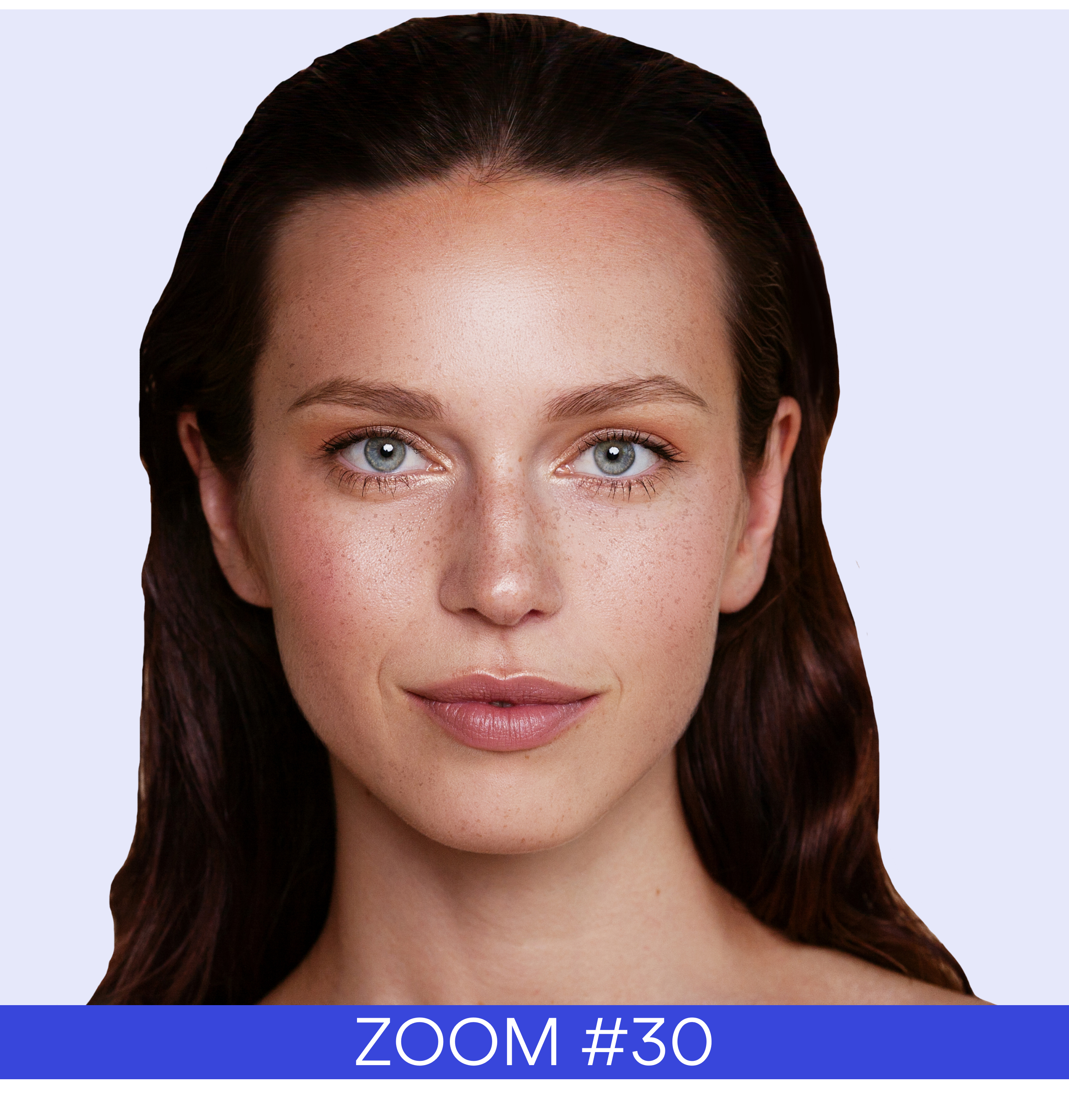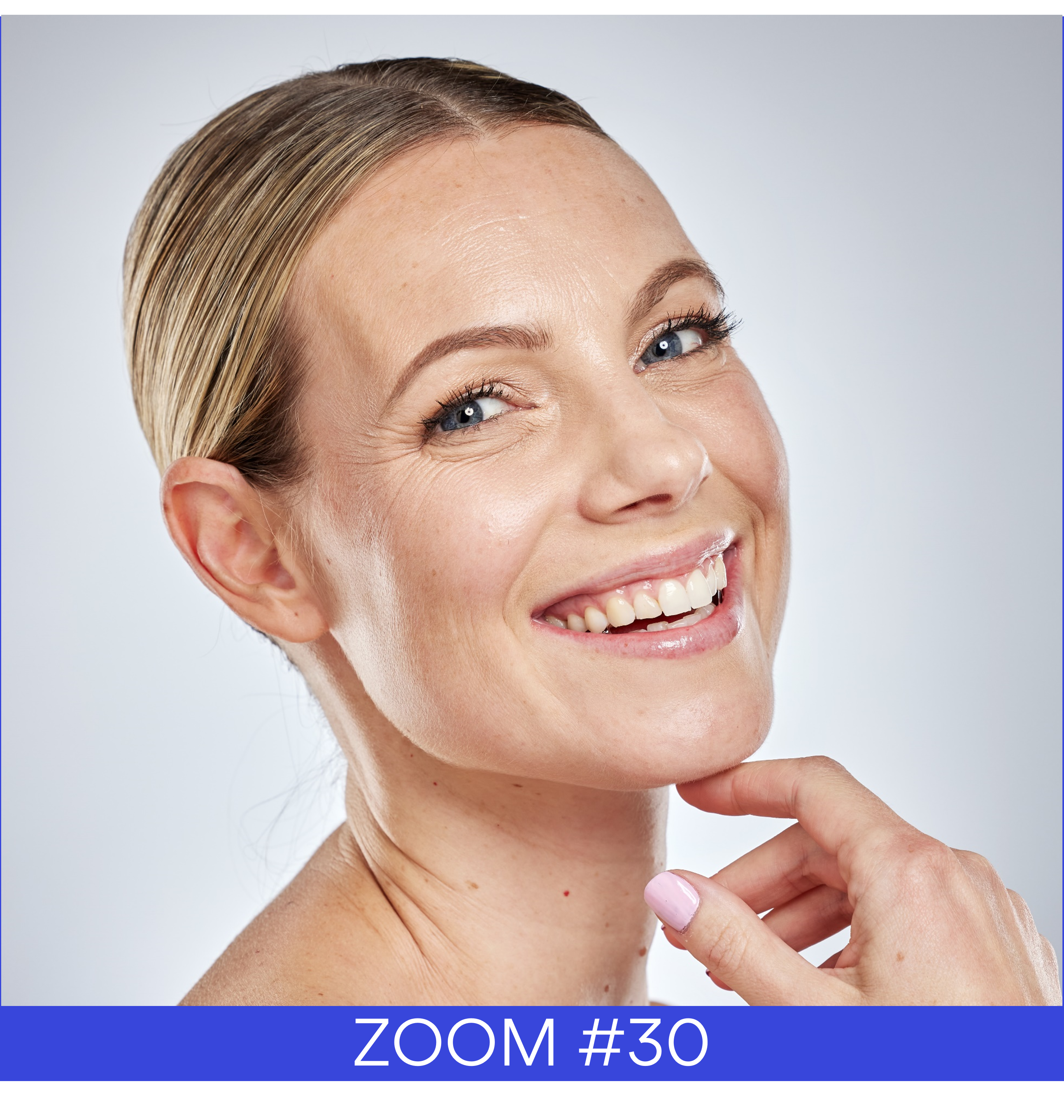Lipbarvis® – A non-invasive look at the skin
Microscopy Services Dähnhardt uses the patented analysis method Lipbarvis® (Lipid Barrier Visualization, LBV) to investigate the epidermal skin barrier directly without invasive sampling.
We take skin samples in the range of three to five cell layers by using a particularly gentle adhesive/carrier system. These are then available for a variety of analyses.
Lipbarvis® sweeps house numbers from your product development
This new and innovative analysis method allows you to retrieve clear and descriptive results of your development processes, without having to pay meticulous attention to disruptive environmental factors or the general condition of your samples. You will not get any approximate house numbers but reliable facts instead. This allows you to significantly reduce your sample pool.
Lipbarvis® provides the answers to your dermatological questions
The potential of this analysis method matches exactly your questions about the lipid barrier. Whether you are concerned with studies of atopic dermatitis, dry skin and psoriasis, or you need meaningful analyses and images on the state of the lipid barrier before and after using your care or pharmaceutical product – Lipbarvis® reliably supplies you with the much needed answers.
Lipbarvis® is the only accepted method that provides a direct image of the state of the skin barrier and the effect of cosmetics or pharmaceuticals. And it can be used throughout the year, regardless of seasonal changes.
Lipbarvis® is much more sensitive than conventional biophysical methods and still shows clear proof of efficacy, for example when Cornometry or TEWL have long since reached their analytical limits. Furthermore, the morphological results can be reliably correlated with the determination of skin lipids, skin hydration and epidermal proteins. Lipbarvis® is even suitable for lipid determinations (Lipbarvis® LIP, LBV-LIP) and for protein (Lipbarvis® PRO, PRO-LBV) and DNA analyses. Further statements and recommendations are possible and underpin the arguments of marketing your product.
Lipbarvis® has breadth and depth
The applications of Lipbarvis® cover a wide range of possibilities. Particularly gentle analysis processes allow the use of a single sample for many investigations:
Before-and-after comparisons of the lipid lamellae (LBV-TEM)
The samples are prepared and examined by transmission electron microscopy. Special software determines the length of the lipid lamellae, and relates these to the intercellular space. The number of lipid lamellae allows very accurate conclusions about the efficacy of the applied ingredient.
Determination of skin lipids (LBV-LIP)
Using the HPTLC analysis (High Performance Thin Layer Chromatography) of the skin sample for total and individual lipids, we can quantitatively determine the important skin lipids, such as cholesterol, fatty acids, and ceramides 1, 3 and 6. In combination with an LBV-TEM, the same carrier will provide answers to the question whether the improved condition of the barrier skin after treatment correlates with the synthesis of the skin’s own lipids.
Analysis of cell volumes (LBV-SEM)
The skin strips can still be used under the scanning electron microscope (SEM) to determine the cell volumes. Corneocytes are examined in detail under the microscope in different depths of the outer epidermis by morphometric analysis. The skin moisture and hydration state in the upper, middle and lower stratum corneum provides clear evidence of the efficacy of natural moisturizing factors (NMF).
Extraction and analysis of proteins (LBV-PRO) and DNS (LBV-GEN)
Following the extraction, a subsequent analysis of the non-invasively taken sample material allows additional statements on certain proteins and the corresponding genetic building instructions.









 Follow us on Linkedin!
Follow us on Linkedin!